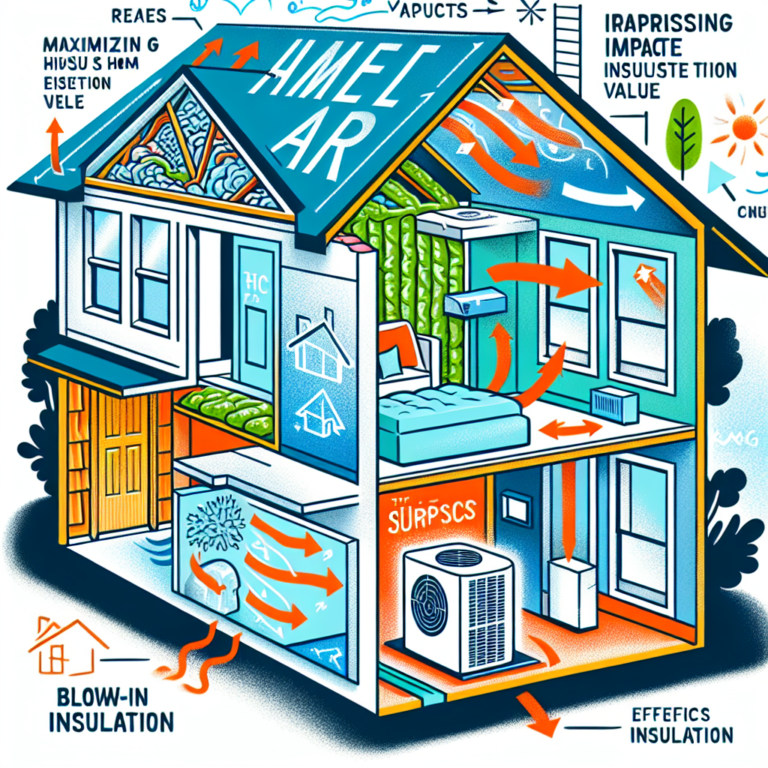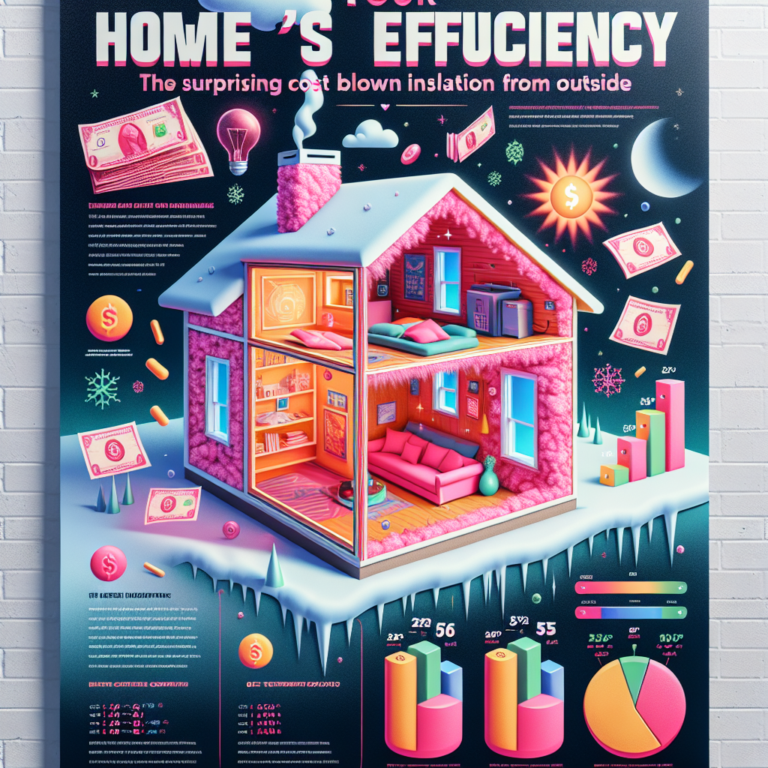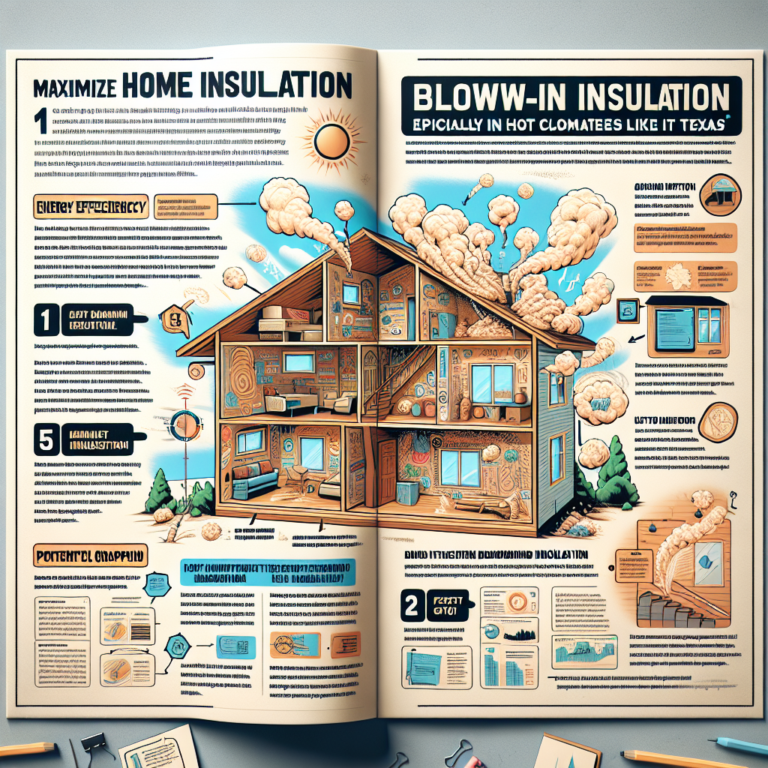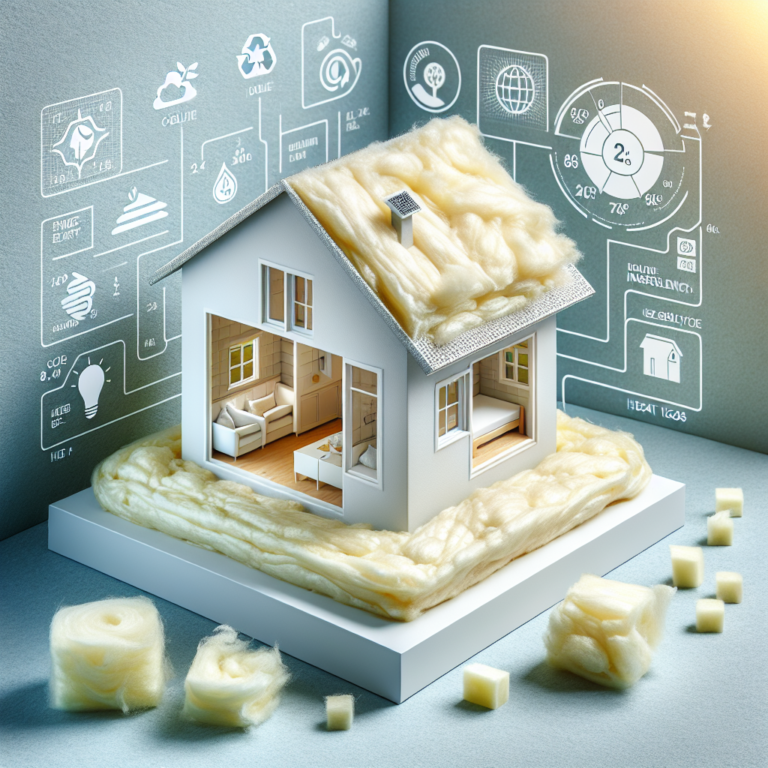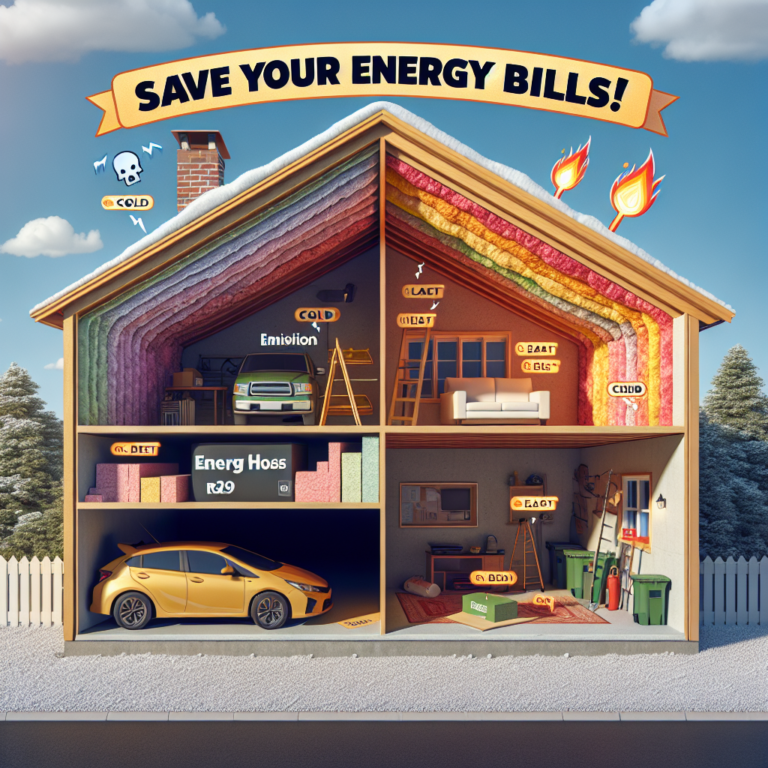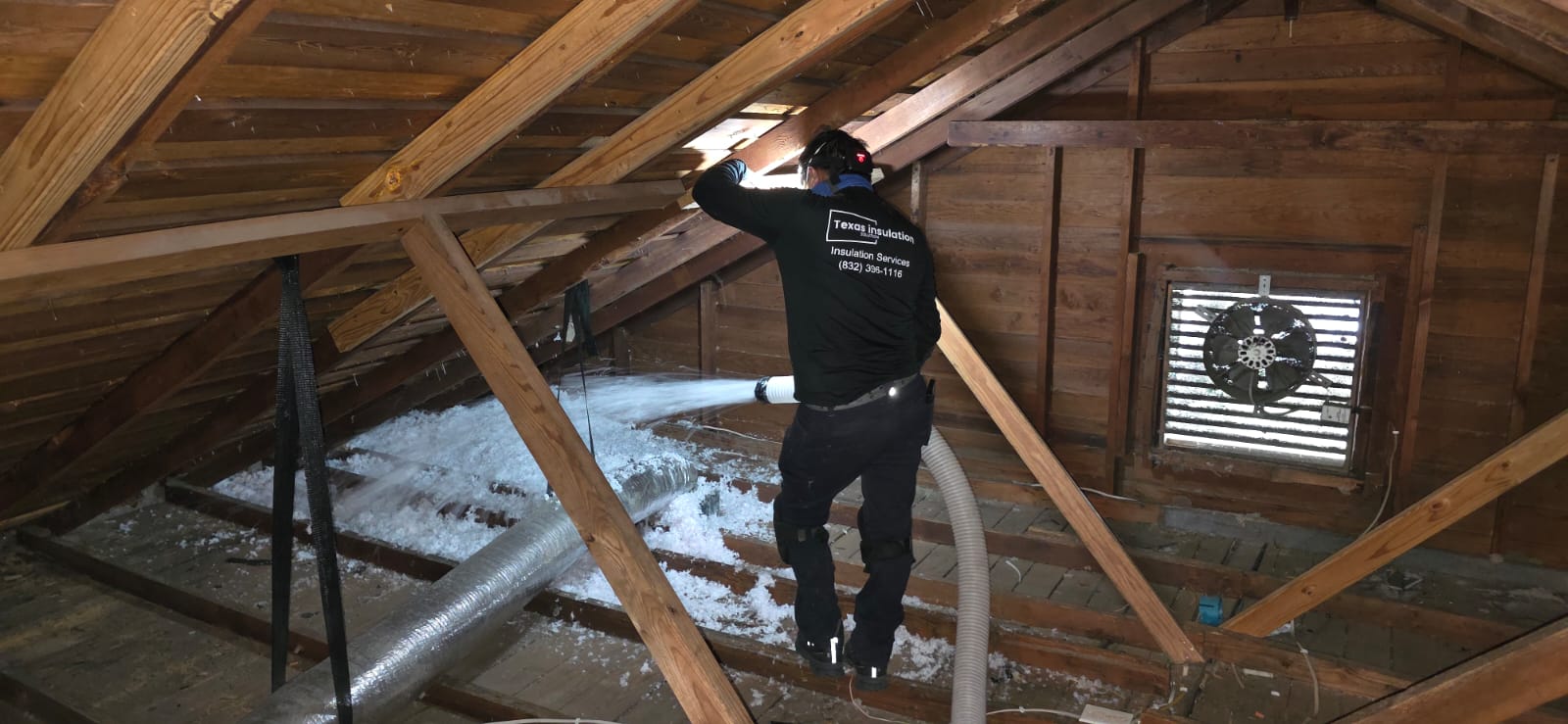Effortlessly Insulate Your Attic: The Ultimate DIY Blow-In Insulation Guide
Table of Contents
1. Introduction
2. 5 Benefits of DIY Blown-In Insulation for Your Attic
3. Step-by-Step Guide to Installing Blown-In Insulation in Your Attic
4. Comparing Different Types of Blown-In Insulation for Your DIY Project
5. Q&A
6. Conclusion
Introduction
Blown-in insulation has become the go-to solution for homeowners eager to boost energy efficiency without breaking the bank. By using loose-fill materials—fiberglass, cellulose or mineral wool—blown-in insulation fills every crevice and gap in your attic, creating a seamless thermal barrier. Whether you’re tackling a weekend project or preparing for colder months, this DIY blow-in insulation guide will walk you through the process, highlight key benefits, and help you choose the right material. Read on to discover how easy it can be to transform your attic into an energy-saving fortress.
5 Benefits of DIY Blown-In Insulation for Your Attic
1. Significant Cost Savings
• Renting a blower machine and purchasing insulation is often half the cost of professional installation.
• Control over material choice and quantity prevents overbuying.
2. Custom Fit and Coverage
• Loose-fill insulation conforms to irregular joists and tight corners.
• You set the exact R-value and depth for your climate zone.
3. Fast, Flexible Timeline
• No need to wait for contractor availability—you work at your own pace.
• A medium-sized attic can be insulated in a single weekend.
4. Improved Home Comfort
• Even temperature distribution reduces drafts and cold spots.
• Enhanced soundproofing lowers outside noise.
5. Eco-Friendly Options
• Cellulose insulation is made from recycled paper, decreasing landfill waste.
• Many fiberglass and mineral wool products contain post-consumer recycled content.
Step-by-Step Guide to Installing Blown-In Insulation in Your Attic
1. Prepare the Space
• Clear old insulation, debris, and dust.
• Seal air leaks around vents, pipes, and wiring with caulk or foam.
• Ensure proper ventilation by checking soffit and ridge vents.
2. Gather Tools and Materials
• Blower machine (rent from a home center).
• Insulation material: fiberglass, cellulose or mineral wool.
• Protective gear: gloves, goggles, dust mask, long sleeves.
• Measuring tape, chalk line, and attic ruler or depth markers.
3. Calculate Material Needs
• Measure attic square footage.
• Reference recommended R-value for your region (e.g., R-38 to R-60).
• Convert R-value to required insulation depth.
4. Set Up and Load the Blower
• Position the blower near attic access.
• Follow manufacturer instructions to load insulation.
• Test the hose for even flow on a small area.
5. Insulate Systematically
• Begin at the farthest corner, working back toward the entrance.
• Keep the nozzle moving to maintain consistent depth.
• Use attic rulers to verify uniform coverage.
6. Finish and Clean Up
• Seal the attic hatch and any remaining gaps.
• Sweep debris and vacuum stray insulation.
• Store blower and excess material for touch-ups.
Comparing Different Types of Blown-In Insulation for Your DIY Project
• Fiberglass: Affordable, moisture-resistant, easy to handle; may irritate skin and lungs without proper protection.
• Cellulose: Made from recycled paper, excellent sound absorption, eco-friendly; requires thorough attic sealing to prevent moisture issues.
• Mineral Wool: Superior fire resistance, high R-value, good soundproofing; heavier and more expensive, requiring sturdier blower machines.
• Spray Foam (Professional Grade): Seamless air barrier, very high R-value; costly and best left to trained installers due to chemical handling.
Q&A
Q1: What R-value should I aim for in my attic?
A: Most U.S. climates benefit from R-38 to R-60. Check Department of Energy guidelines for your zone.
Q2: Can I install blown-in insulation around recessed lights?
A: Only if the fixtures are IC-rated (insulation contact safe). Otherwise, maintain clearance to prevent fire hazards.
Q3: How long does blown-in insulation last?
A: Properly installed, it can last 20–30 years without settling significantly, preserving energy savings.
Conclusion
By following this ultimate DIY blow-in insulation guide, you can achieve a well-insulated attic that slashes energy bills and enhances year-round comfort. Blown-in insulation offers a perfect balance of cost savings, ease of installation, and superior coverage. Armed with the right tools, materials, and know-how, transforming your attic into an efficient thermal envelope has never been more straightforward. Embrace blown-in insulation today and enjoy a cozier, greener home tomorrow.


